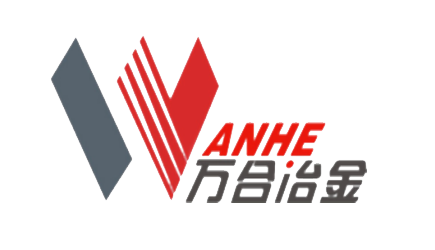Industry Breakthrough: A New Air-Water Atomization System Successfully Suppresses Oxidation Dust in Hot-Rolled Strip Steel, Achieving Simultaneous Improvements in Environmental Protection and Product Quality
2025-11-18
The long-standing issue of iron oxide scale dust in hot-rolled strip steel production has now been addressed with an innovative solution. A dust suppression system, leveraging a unique gas-water atomization technology, has successfully undergone practical verification at several steel plants. Not only has it significantly improved the workshop environment, but it has also reduced surface defect rates in the strip steel by as much as 70%, paving the way for the industry to achieve greener, high-quality production through this new technological approach.
Iron oxide scale dust: The "red dilemma" that has long plagued steel plants
During the high-speed rolling of hot-rolled strip steel, especially high-silicon and high-carbon steels, intense oxidation reactions generate large amounts of fine, reddish iron oxide scale dust. This dust spreads throughout the workshop at the mill exit due to the "fan effect," leading to a range of challenging issues: reduced visibility that affects operations; conductive and abrasive dust that coats equipment, causing electrical short circuits and mechanical wear; and, more critically, dust settling on the strip steel and rolls can be subsequently pressed deeper during subsequent passes, resulting in surface defects like pitting—directly compromising product quality and grade.
Despite the industry’s attempts at various solutions—such as water mist barriers and high-powered dust removal systems—these efforts have either fallen short in effectiveness or faced challenges like equipment vulnerability and difficult maintenance, leaving the root of the problem unresolved.
Technological Breakthrough: Precisely Controlling the "Air-Water Ratio" to Capture Dust with Micron-Level Mist Droplets
The core of this innovative system lies in the precise control of the air-to-water ratio and the atomized particle size. After years of intensive research and development, the team has mastered a key technology that uses compressed air to break down water into fine mist droplets measuring approximately 50 microns—roughly equivalent to the average diameter of oxidized dust particles. This unique droplet size enables the most efficient collision-based capture through aerodynamic effects.
“The system works under low-pressure conditions—below 4 bar,” explained the technical lead. “If the water droplets are too large, dust particles will flow around them with the airflow; if they’re too small, they’ll evaporate too quickly and lose effectiveness.” The spray angle has been precisely calculated (100–120 degrees), enabling the system to create a comprehensive “capture zone” at the mill exit that fully covers the dust-generating area. At the same time, this ensures uniform strip surface temperatures, preventing localized cooling that could lead to quality fluctuations.
Application Outcomes: A Triple Boost in Environment, Quality, and Efficiency
Real-world application data shows that the system's implementation has brought immediate improvements:
① Environmental Improvement: Visibility in the workshop has significantly increased, with dust accumulation on the行车轨道 reduced by approximately 20%, creating a clean and safe working environment for employees.
② Quality Leap: The defect rate on the strip steel surface caused by dust has dropped by 70%, while the number of key quality-related complaints has decreased by 30%, resulting in a significant improvement in product surface quality.
③ Cost-effective maintenance: Equipment failures caused by dust-related short circuits and wear have significantly decreased, reducing the costs associated with frequent cleaning and maintenance.
Industry Outlook: Providing Key Technological Support for Green Intelligent Manufacturing in the Steel Industry
The successful application of this technology marks a critical step forward in hot-rolled strip steel production, particularly in terms of environmental protection and precision quality control. Not only does it address the long-standing challenge of dust emissions, but it also achieves a harmonious balance among environmental benefits, product quality, and production costs—thanks to its innovative "using the small to manage the large" approach.
As environmental regulations become increasingly stringent and market demand for high-end steel continues to grow, this innovative and practical technology is poised to become the standard configuration for both new production lines and upgrades of existing ones, driving China's steel industry toward sustained development that is greener, more efficient, and of higher quality.
Previous page


